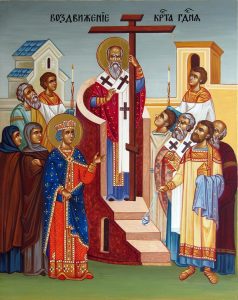 Read: Galatians 2:16-20; Mark 8:34-9:1
Read: Galatians 2:16-20; Mark 8:34-9:1
The first sticheron of the Feast of the Holy Cross tells us, “By this Cross …. In his mercy (Christ) clothed us with beauty and made us worthy of heaven.” This is confirmed in the Hymn of Light from Matins: “The Cross is the beauty of the Church.” How can this be? For the Cross is ugly torture, and the Prophet Isaiah foretells of the Messiah:
“See, my servant shall prosper, he shall be raised high and greatly exalted. Even as many were amazed at him— so marred were his features, beyond that of mortals his appearance, beyond that of human beings. He had no majestic bearing to catch our eye, no beauty to draw us to him. He was spurned and avoided by men, a man of suffering, knowing pain, like one from whom you turn your face, spurned, and we held him in no esteem” (Isaiah 52:13-14; 53:2-3).
One is reminded of St. Paul, “For you know the gracious act of our Lord Jesus Christ, that for your sake he became poor although he was rich, so that by his poverty you might become rich” (2 Corinthians 8:9). We might re-phrase: “In his ugliness, we have all been made beautiful.”
Where is the beauty of the Cross? It is in the holiness of Jesus, who died that the Kingdom of God – life, love, mercy, wisdom – might be established in the world. We are called to “take up the cross,” which means uniting ourselves with Christ in love that the truth and wisdom and the glory of God might shine forth. Today, therefore, St. Paul writes, “I have been crucified with Christ; yet I live, no longer I, but Christ lives in me; insofar as I now live in the flesh, I live by faith in the Son of God who has loved me and given himself up for me” (Galatians 2:19-20).
Meditation by Archpriest David Petras
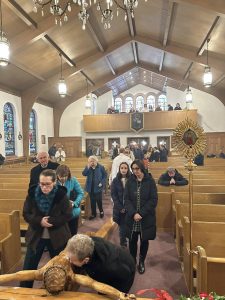
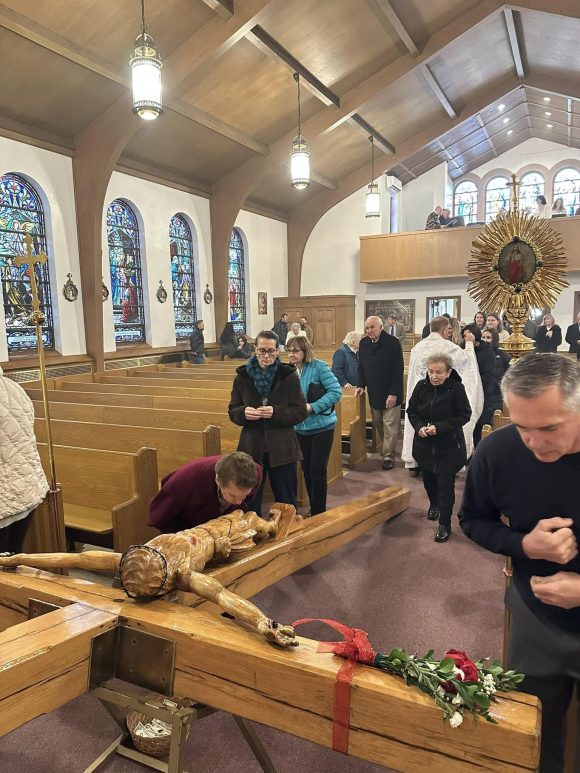
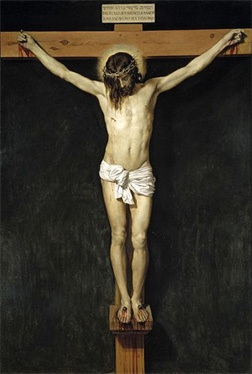
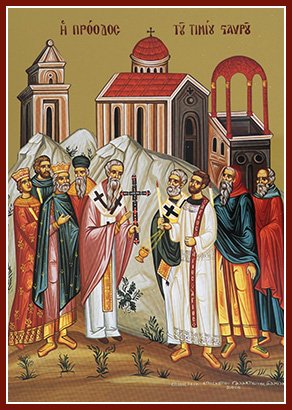
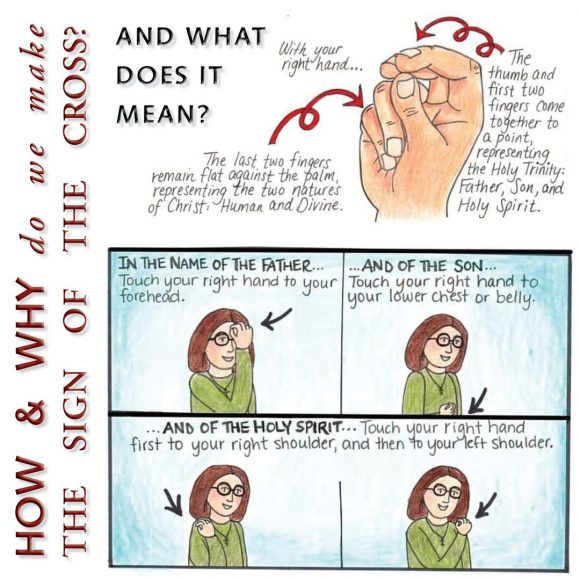
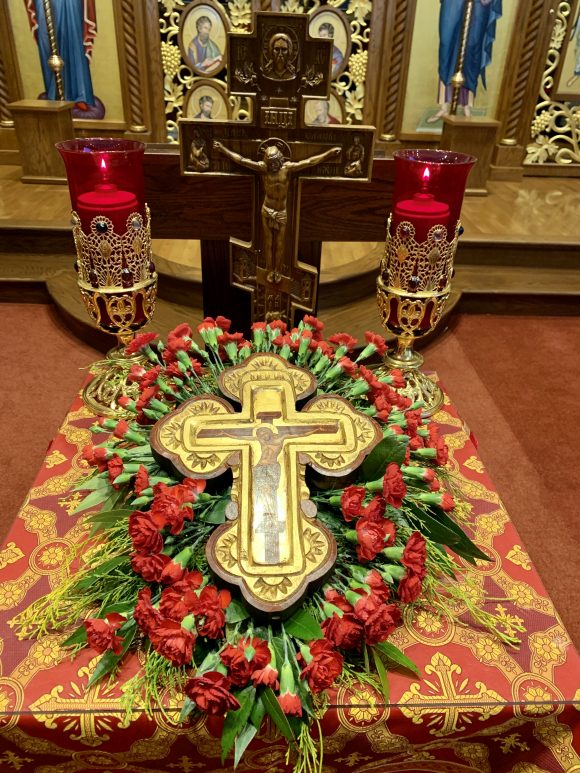
 Read: Galatians 2:16-20; Mark 8:34-9:1
Read: Galatians 2:16-20; Mark 8:34-9:1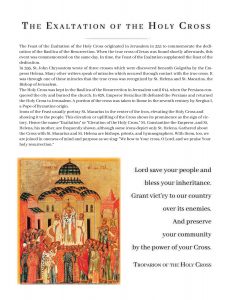
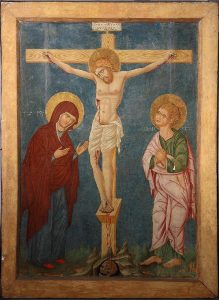 “… let us venerate the wood of Your cross, O friend of men, because on it You have been nailed, Life of all. You opened heaven, O Savior, to the thief who had faith in You; he was worthy of bliss because he confessed to You: remember me, Lord… we have all sinned, for Your love compassion do not despise us.”
“… let us venerate the wood of Your cross, O friend of men, because on it You have been nailed, Life of all. You opened heaven, O Savior, to the thief who had faith in You; he was worthy of bliss because he confessed to You: remember me, Lord… we have all sinned, for Your love compassion do not despise us.”